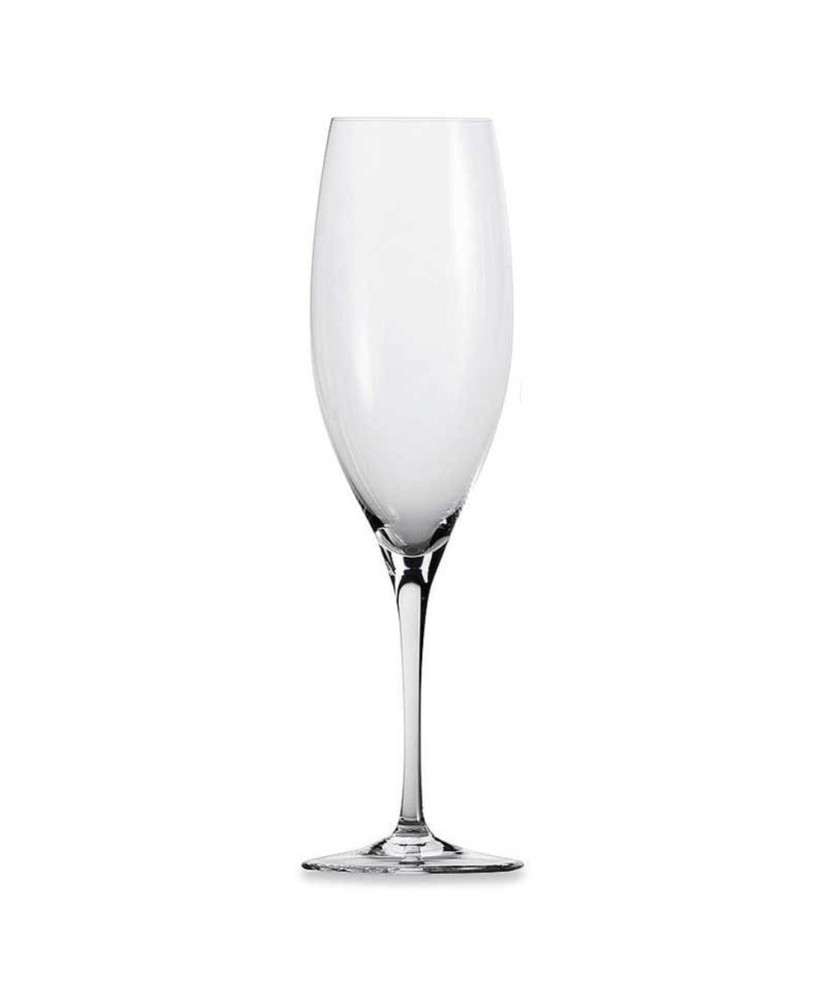- On sale!
- -$40.00

- On sale!
- -$40.00

Champagne is the most northerly wine-growing region of France. Its chalky soil and unique climate both contribute to the naturally effervescent white wines for which it is so famous.
 Do you have any questions?
Do you have any questions?
Contact us at 1-866-567-8467
 Free delivery
Free delivery
For orders of $99 or more on selected products*
 We want your feedback!
We want your feedback!
Leave us your comments at the bottom of the page.
Champagne is the most northerly wine-growing region of France. Its chalky soil and unique climate both contribute to the naturally effervescent white wines for which it is so famous.
It was not until the 19th century that the technique of secondary fermentation in the bottle was finally perfected. The traditional coupe glass was actually developed for the particular style of sweet, bubbly dessert champagne popular at this period, obtained by adding an extra measure of 'dosage' (a mixture of wine and syrup), although fluted glasses were also used to avoid spillage when champagne was served at standing receptions. It was only around 1930 that the now familiar dry style of champagne became established.
Riedel recommends serving dry champagne in flutes, since these best bring out the fine aromas of the high-quality base wines from which it is made. Many wine-lovers unfortunately are quite unaware of this superb bouquet, since champagne is all too often served either in coupes or in glasses that are too small (and thus filled to the brim) - neither of which can convey any aromas at all.
This flute, filled with four ounces of champagne, concentrates the unique, yeasty bouquet of great champagnes, while emphasising their creamy texture on the palate. The bubbles are not allowed to dominate, but are part of the overall pleasure.
Recommended for: Champagne, Cuvée Prestige, Vintage Champagne, Vintage Sparkling Wine, Rosé Champagne.
"Only" 2000 years have passed since the glass blowpipe was used in ancient Rome for the first time. This made it possible to blow glass into different shapes. At our factory in Kufstein our glassblowers still use this ancient mouth-blowing method with great care and precision to create the world-famous handcrafted Riedel glasses.

Raw material: quartz sand, lead oxide, sodium and potassium

Furnace containing liquid lead crystal, at a working temperature of 1100°C/2012F

First step to produce the bowl; glass bulb (gather) on hollow metal rod (blow-pipe)

Liquid glass pre-moulded in a shaping block

Prior to blowing into the mould

Mouth-blowing by using the blow-pipe

Blowing the bowl into shape by using a mold

Gatherer delivers liquid glass to chairman, liquid glass is cut and pulled by shears to form the stem

Bed-plate moulded by foot-board

Wooden tool used to fix footplate securely, preventing wobbling
For more information, please visit this products webpage.